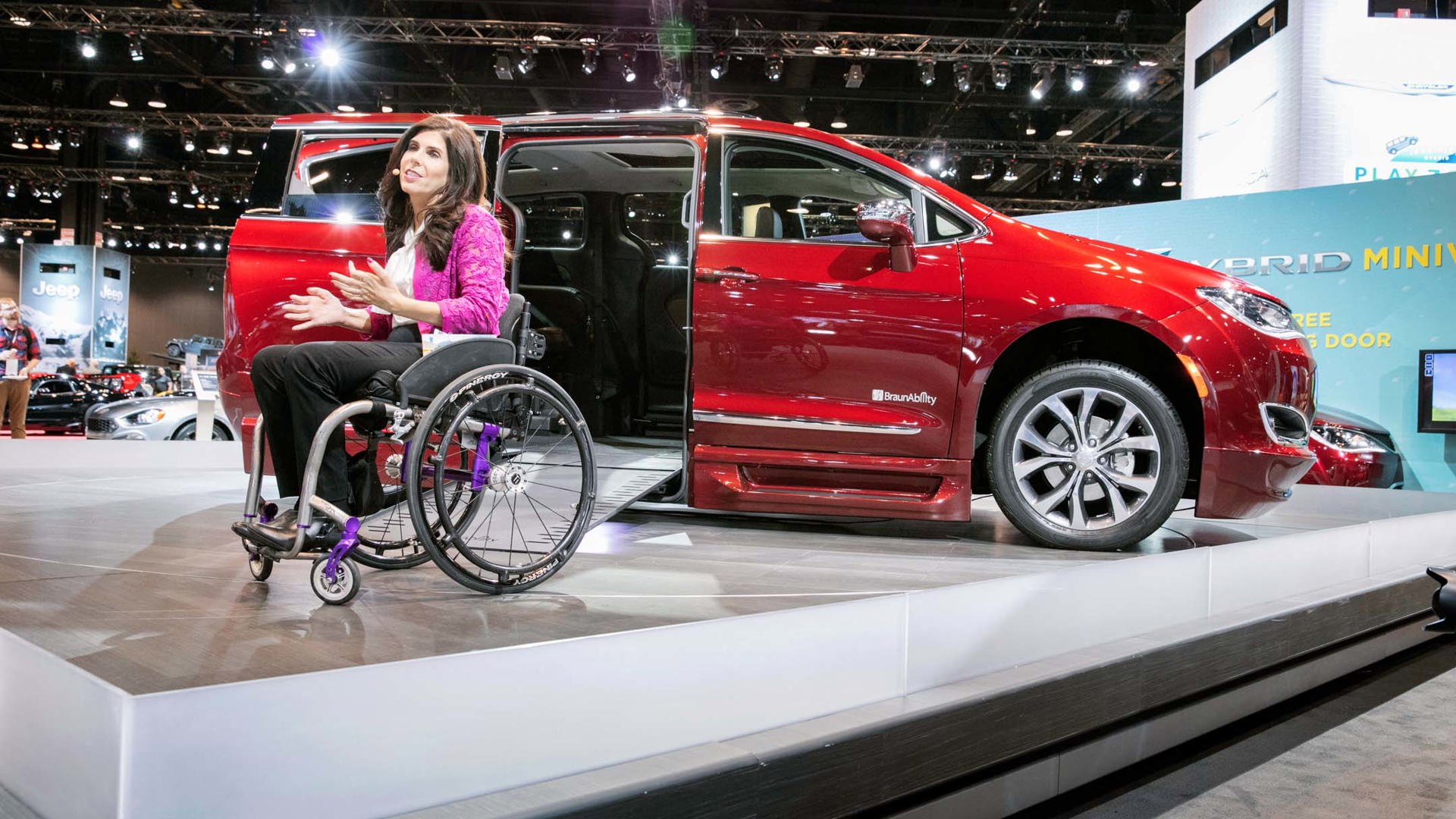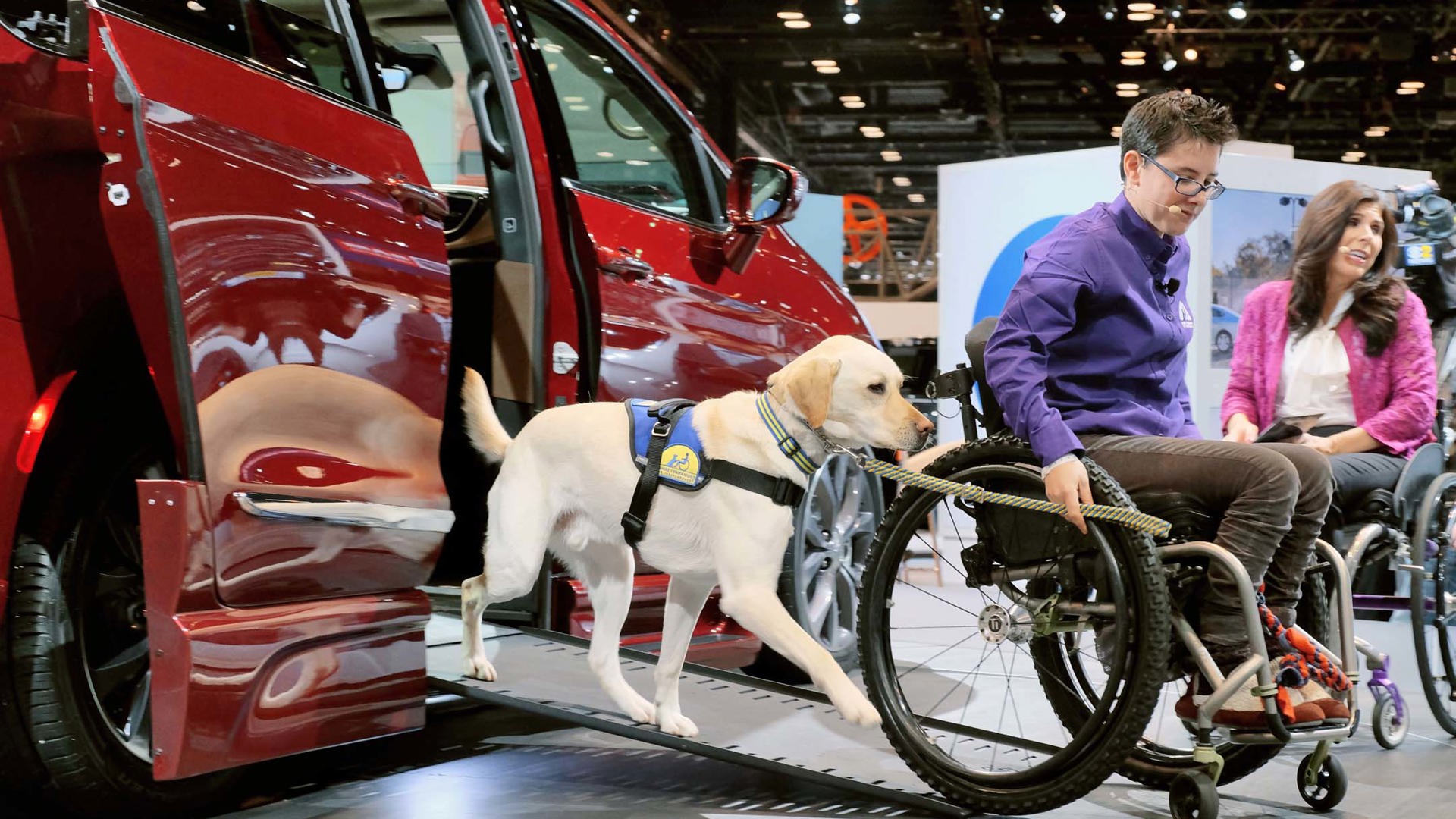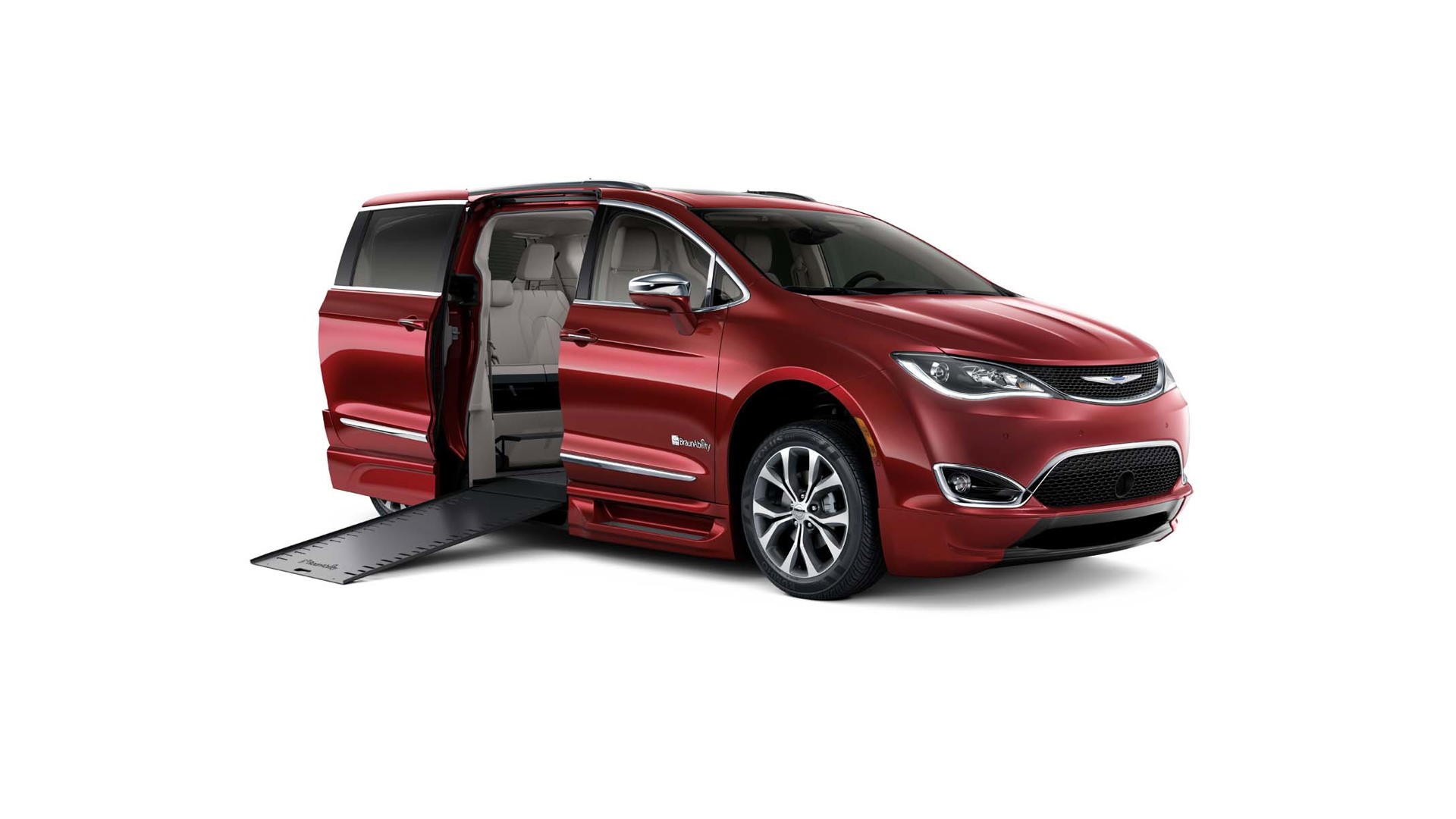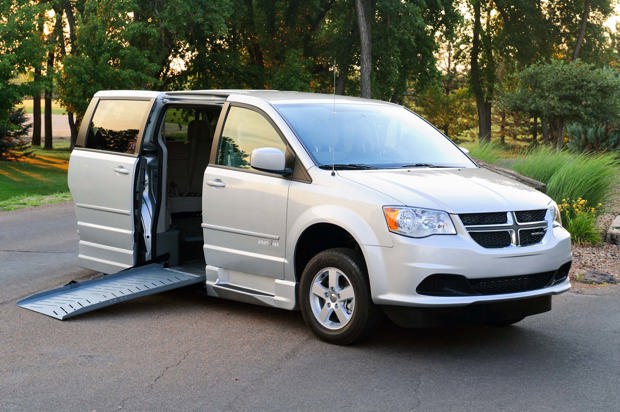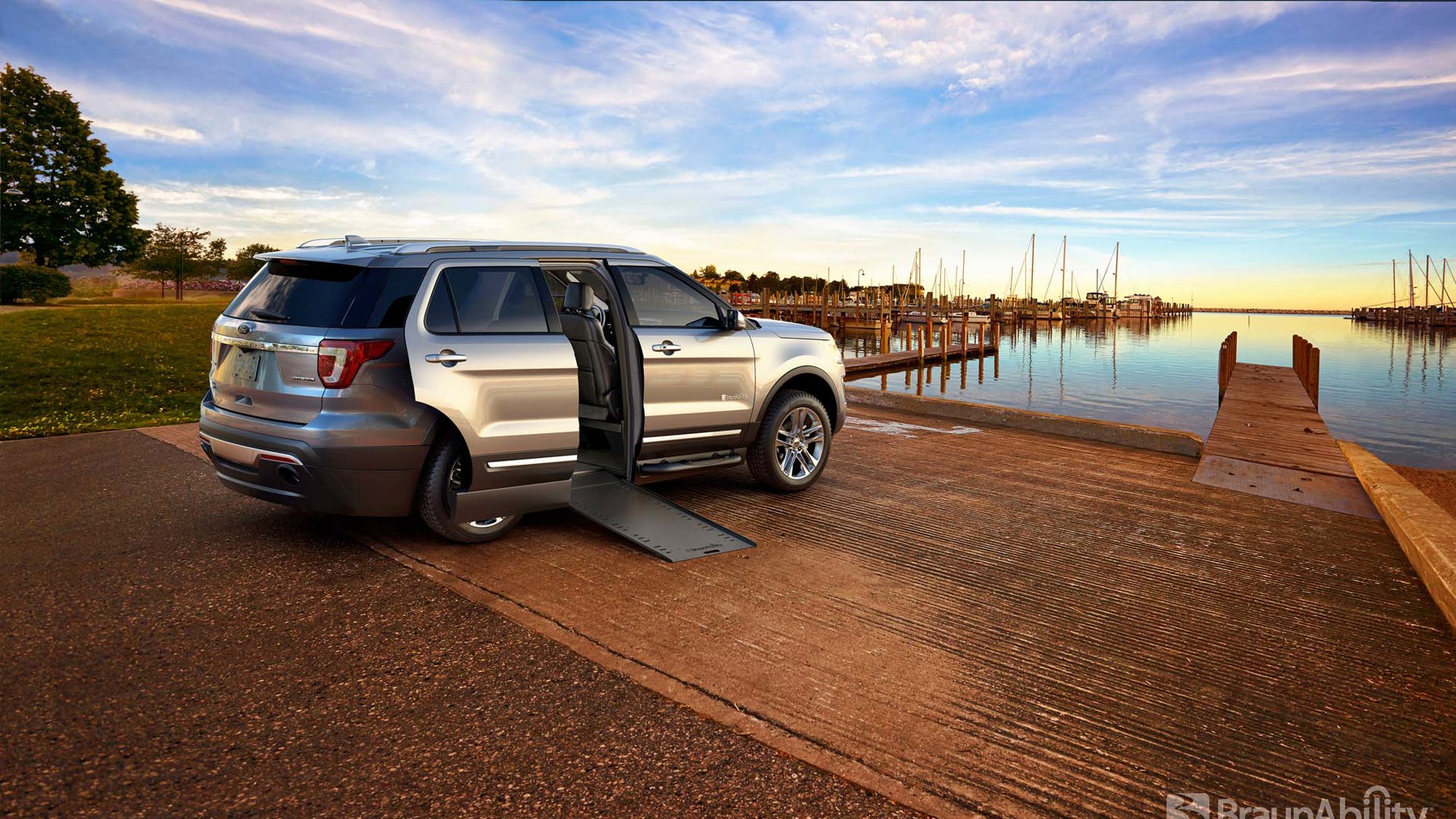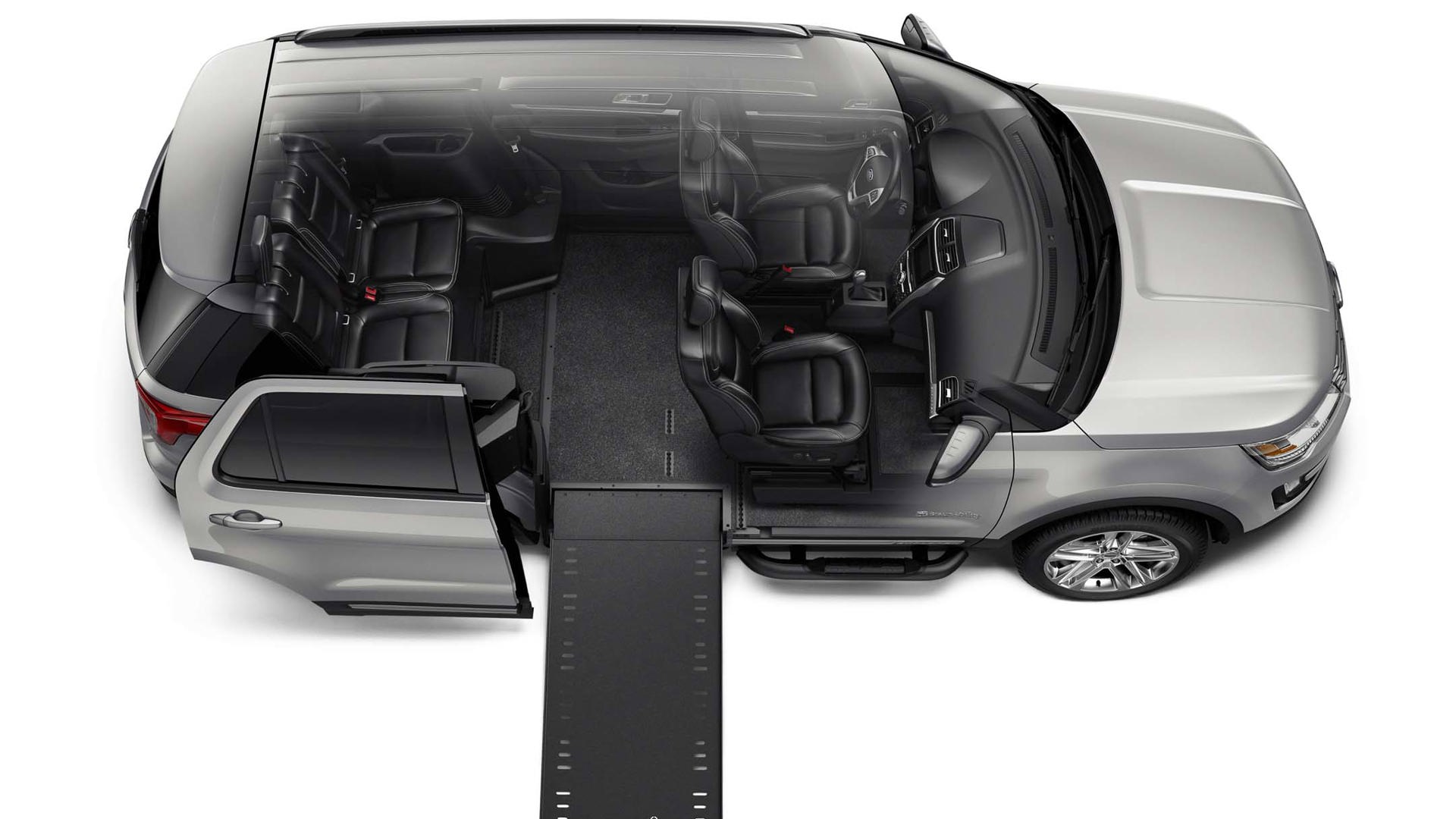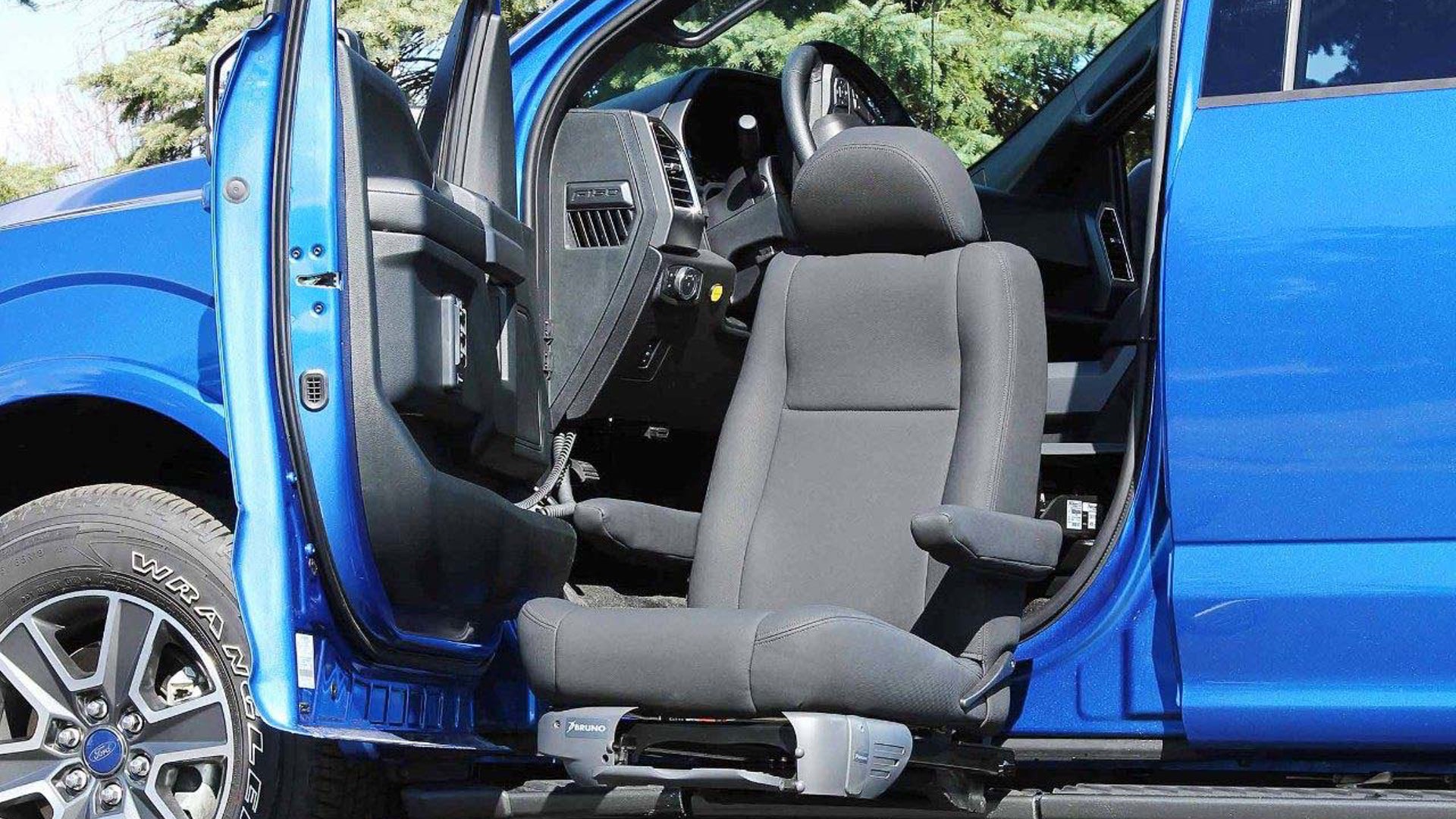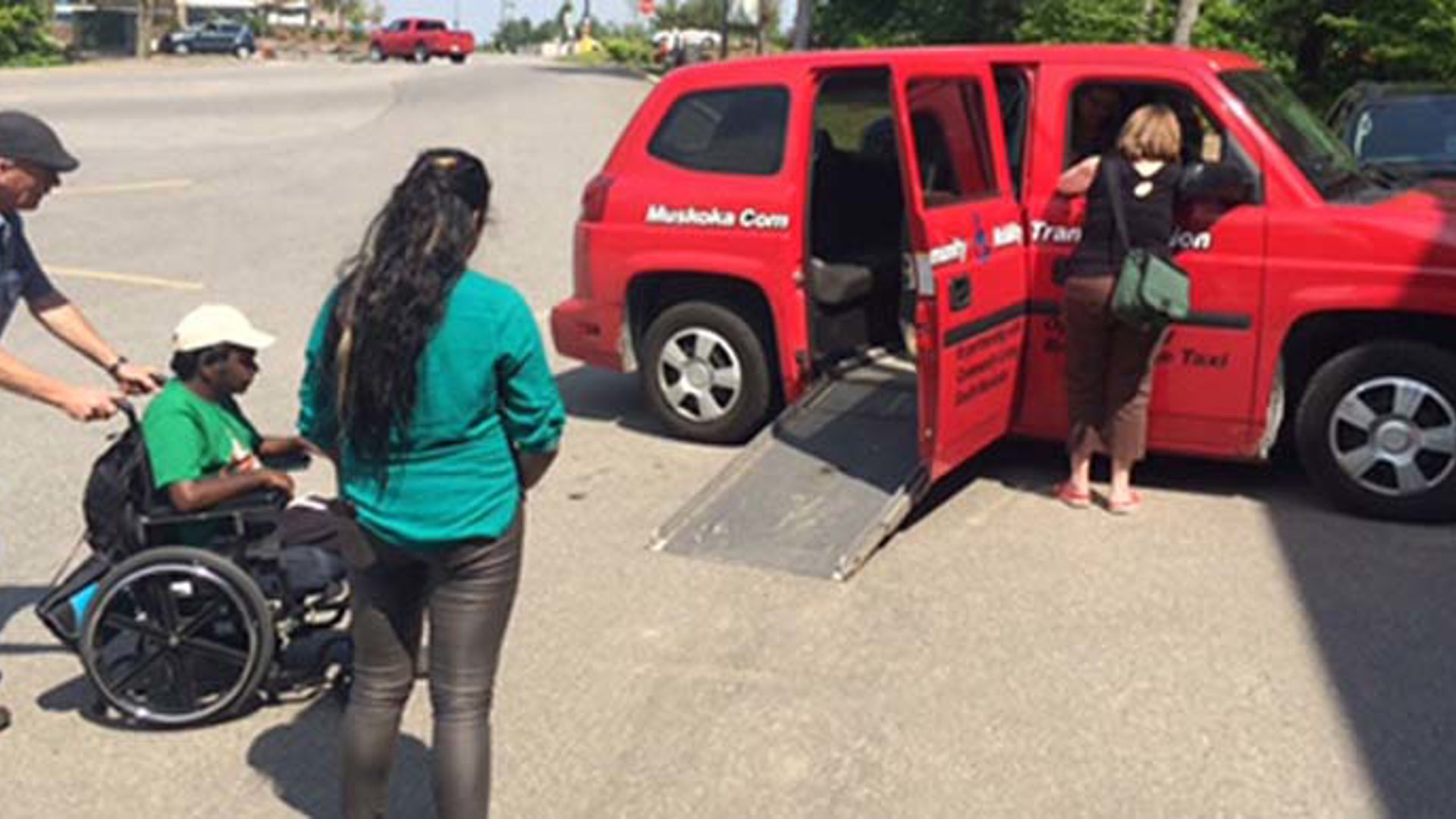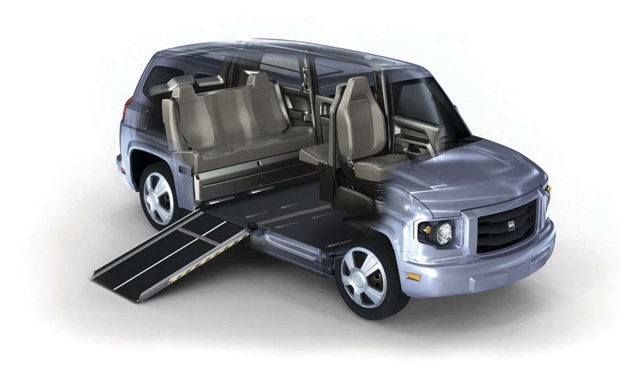For those with mobility issues, accessible vehicles can be the ticket to independence. However, they’re very specialized machines, and the price only gets higher as you order them fitted precisely to your needs. Many automakers offer mobility programs to help with the cost of conversion.
Other than MV-1, which specializes in purpose-built accessibility vehicles, none of the mainstream automakers offering mobility programs actually build the vehicles themselves. Instead, they’re all done through third-party companies, such as BraunAbility or CanAm Mobility, to name just two, which take stock vehicles and convert them.
Almost all automakers require that consumers take a new vehicle directly to the conversion company themselves, rather than order a converted van through the new-car dealer. And in most cases, that’s probably the best plan, because the conversion company’s employees will be far more knowledgeable about what’s required to meet your specific needs.
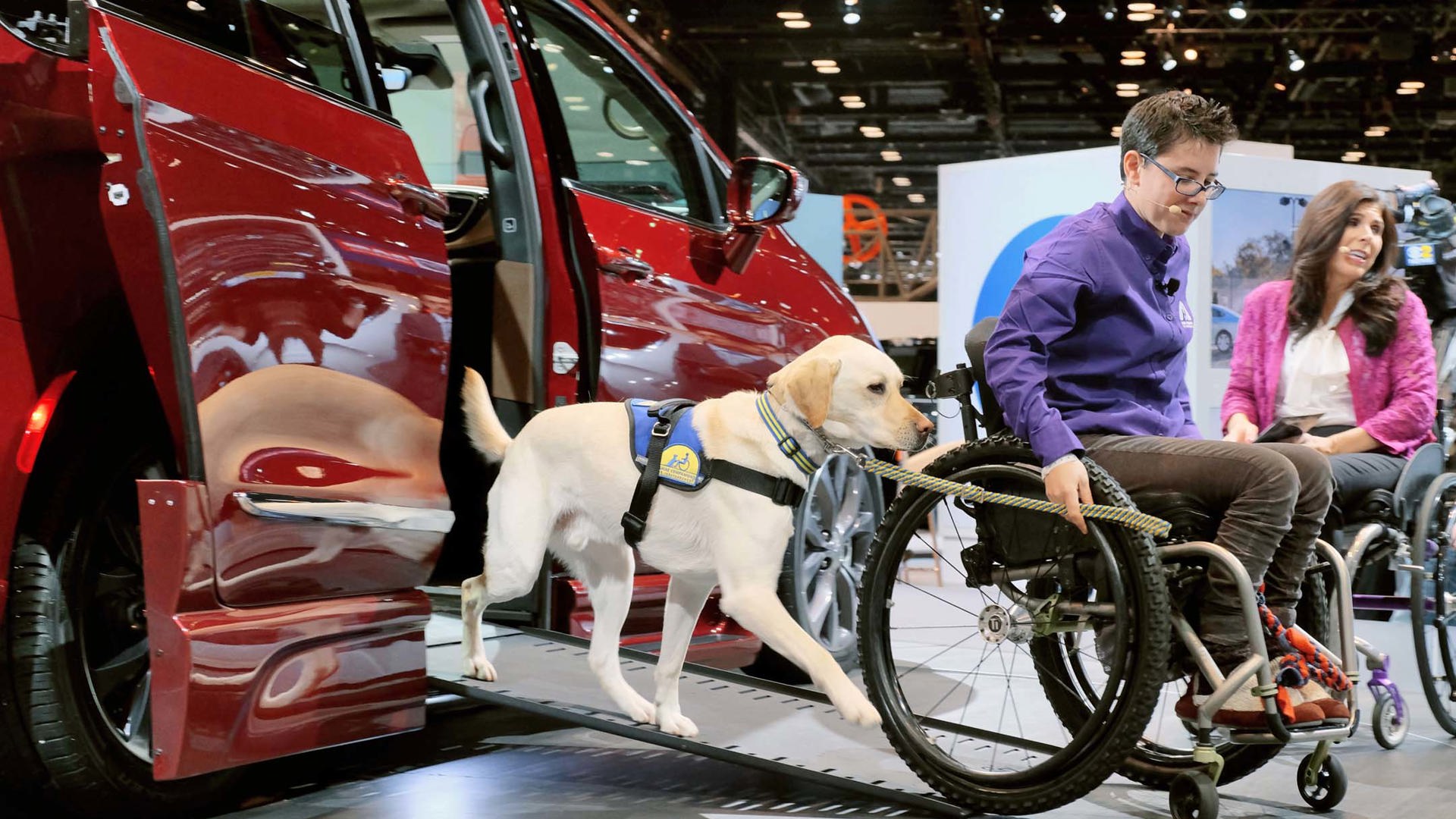
Of course, an accessible vehicle isn’t just one that works with wheelchairs. Vehicle mobility can also include hand controls, transfer seats, left-foot accelerators, and high-tech aids such as low-effort steering wheels, joystick steering, or voice commands. For wheelchair vehicles, ramps can be on the side or at the rear of the van, and be manual or electric. There are hydraulic lifts that can put a wheelchair or mobility scooter directly into the vehicle. For pickup trucks, there are even conversions with top-hinged doors, for easier entry and exit.
Any vehicle can be equipped with certain types of mobility aids – you can put hand controls in a sports car, of course – but for this, we’re sticking to automakers that build minivans or commercial vans.
Many offer rebates on accessibility modifications, but it’s important to know what’s covered, and if there are any restrictions. You may have to get the work done by a factory-approved vendor, and within a specific time following the vehicle purchase or lease. It’s possible you may also have to provide an assessment form from your medical professional to verify that the equipment is required.
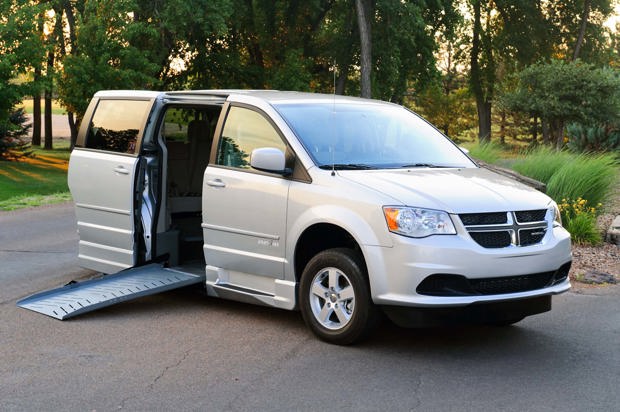
Mind you, getting all the necessary information about the vehicle and the program might not always be easy. Because accessible vehicles and the programs are so specialized, you may have to work at it to find the person who has the information you need. (After I called one automaker’s direct customer service line to ask about rebate programs, I was told to contact a dealer. The dealer I called didn’t know if its automaker offered rebates, and said, “Just Google a wheelchair van company, and they should know.”)
Even so, getting everyone on board right off the top is probably your best plan. Contact the automaker, and your dealer, and compare what they say. Since you’re probably going to be dealing directly with a conversion company anyway, contact that company at the start – they will probably know far more about the vehicle and the rebates anyway.
Chrysler does not have a rebate program. A few dealers work with local conversion companies, and will order the vehicle and then deliver it to the customer at the dealership. However, this is only an individual dealership owner’s initiative, and the factory isn’t sure exactly how many dealers do it, or all of their locations.

Ford offers up to a $1,000 rebate. It also runs a program where you can order your converted vehicle at any dealer. The factory ships the vehicle directly to a conversion company in the Maritimes, which converts it and then sends it to the dealer for you to take delivery. The process can take six to nine months from order to delivery.
While all Ford dealers offer the service, some are better than others at knowing exactly what you’ll need and what to order. It may be the only option in more remote areas, but if you’re close to a conversion company, dealing directly may be a better idea.
General Motors offers up to $1,000 in rebates, but you take the vehicle to the conversion company yourself.
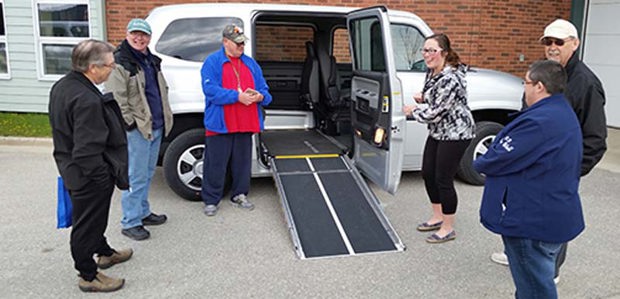
Kia offers up to a $750 assistance rebate, but you buy the vehicle and take it to the conversion company yourself.
Mercedes-Benz requires that you buy the vehicle and take it for conversion, but has a list of approved conversion companies.
Toyota offers up to $1,000 in assistance rebates, but you buy the van and take it to the conversion company yourself.
Honda and Nissan do not have programs.
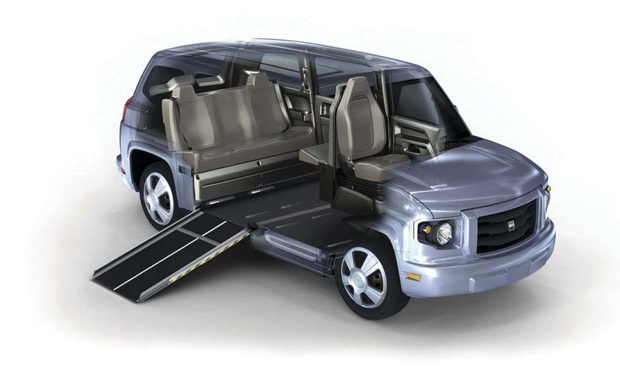
MV-1 is the only company that purpose-builds an accessible vehicle, and it is the only model it sells. It uses a Ford 3.7-litre V6 and comes in three trim levels, with a manual or power-operated wheelchair ramp.
Because the MV-1 is manufactured on an assembly line as a regular vehicle, rather than as a hand-built conversion model, there are limits to how much you can personalize it for specific needs. And because it’s usually sold as a commercial vehicle, such as a taxi, the wheelchair user is primarily considered a passenger. While some conversion vans allow the wheelchair to be placed behind the steering wheel, the MV-1 has no front passenger seat, and the wheelchair locks in there.
